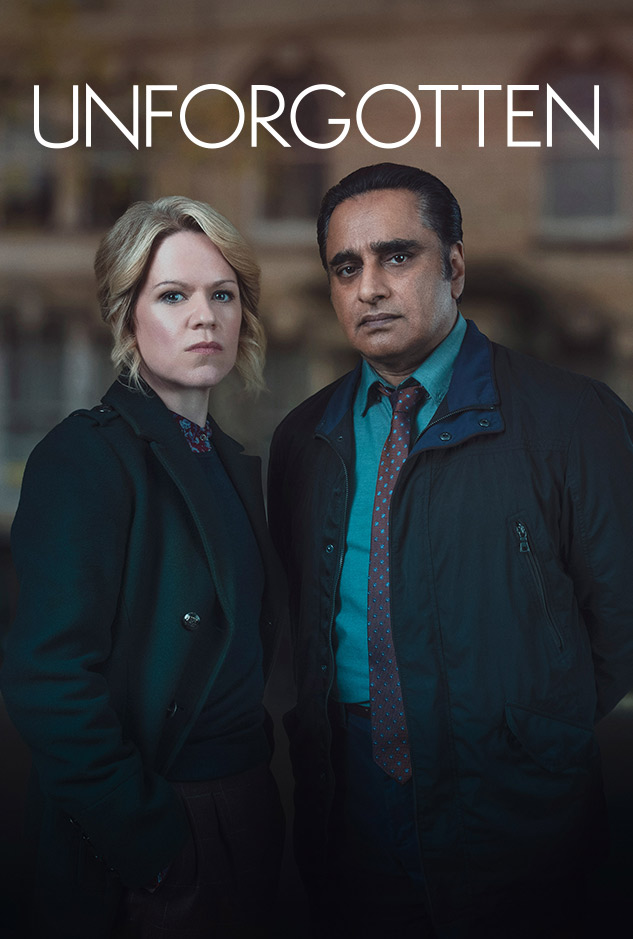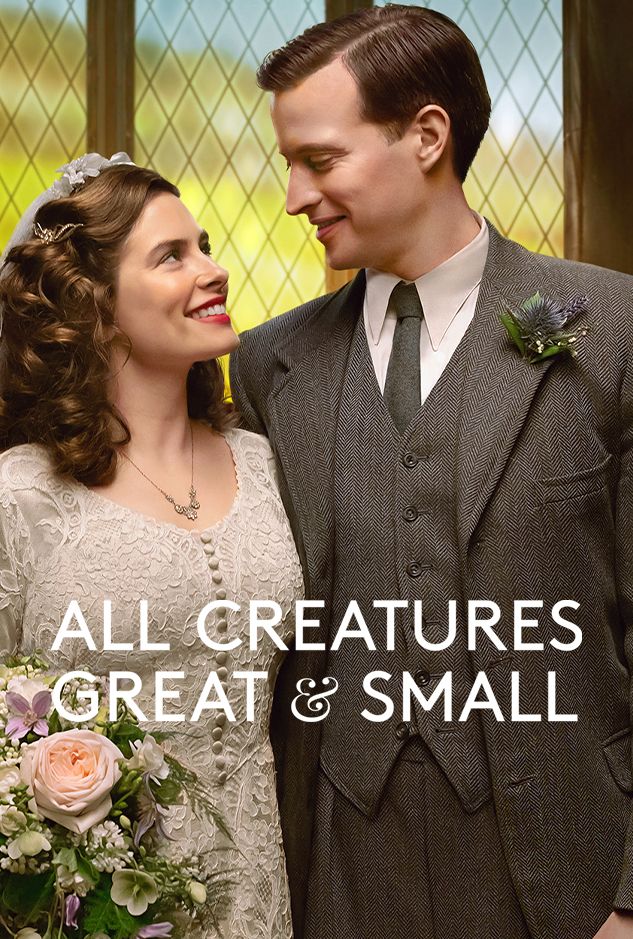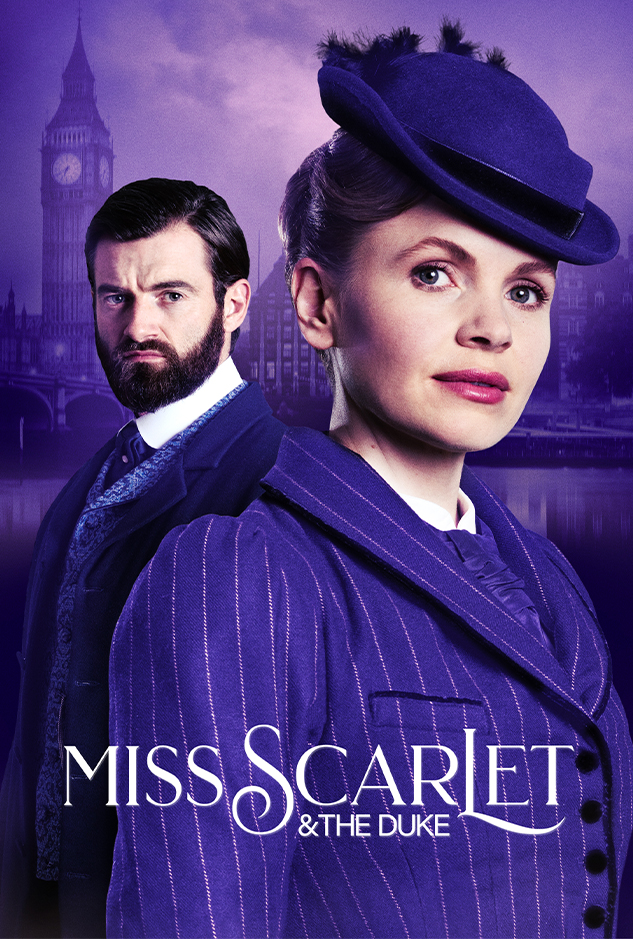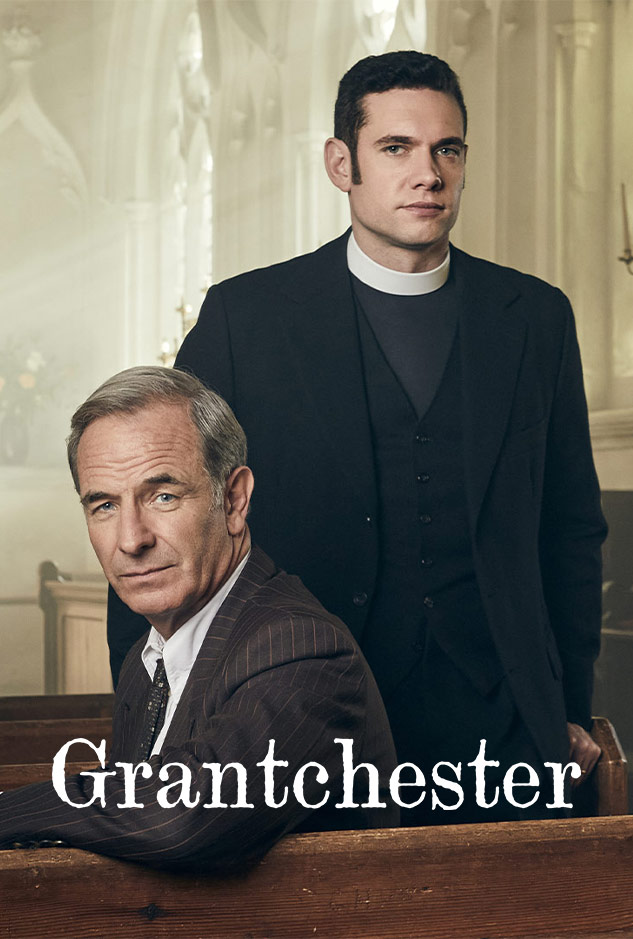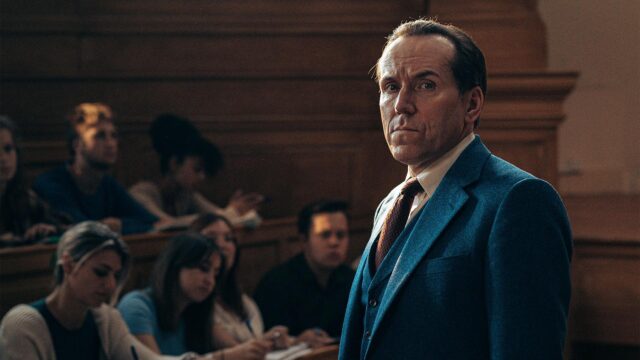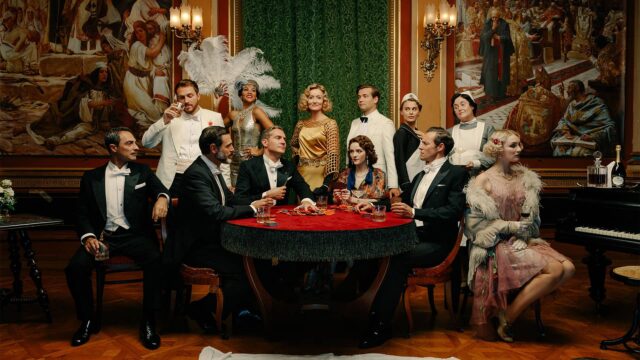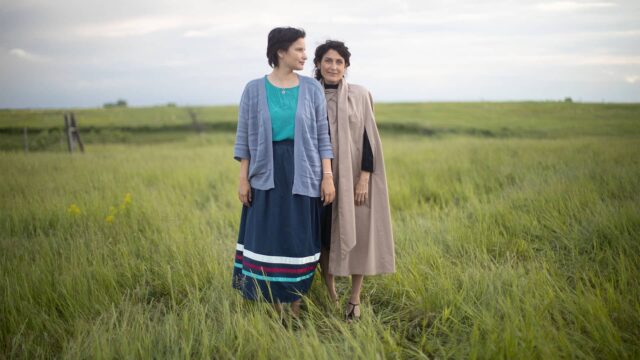Sofia Helin Interview: Playing Atlantic Crossing’s Princess Martha
Atlantic Crossing star Sofia Helin shares her insights about Princess Martha’s transformation from wife and mother to reluctant hope for a nation at war. Find out about her experience playing Norway’s Crown Princess Martha and championing the story of one of history’s silent heroes.
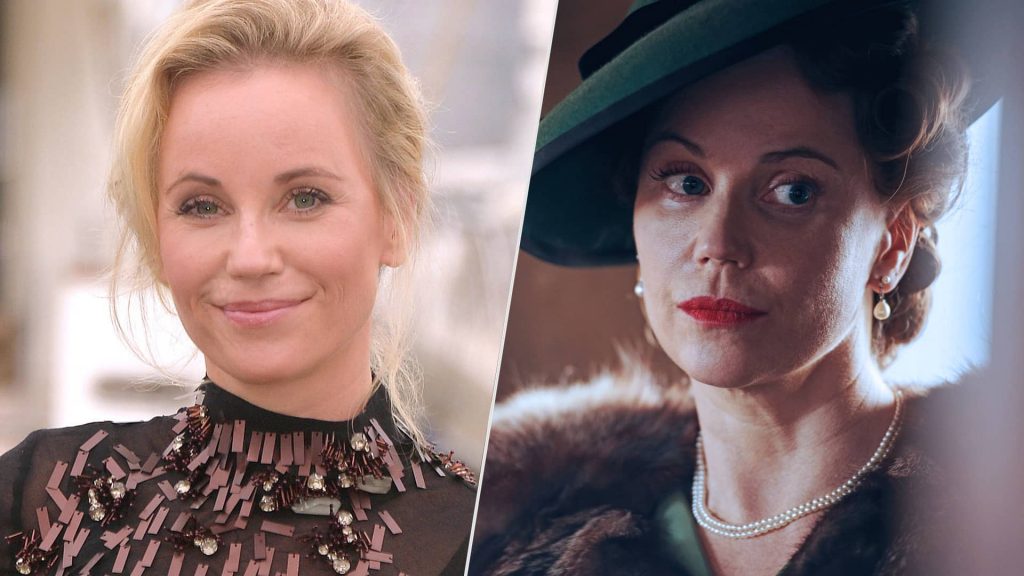

What sort of research and preparation did you do to play the role of Crown Princess Martha?
First of all, I learned Norwegian. And second, because I live in Stockholm and this is where Martha was born and raised, I worked with the staff at the Royal Palace in Stockholm. I happened to know someone who works within the castle, and she took me there and taught me how to sit and behave, and what you’re not supposed to do. For instance, I learned that in the 1940s, a woman at a dinner couldn’t drink any alcohol unless a man at the table proposed a toast. That’s quite shocking, isn’t it? And I learned that you’re not allowed to leave the table and go to the bathroom—even though it can be 13 dishes, you’re not allowed to leave the table! And then also, how to handle the forks and knives and spoons and glasses and everything, and how to sit, and where you’re allowed to put your handbag or not…a lot of things. So it seems quite harsh to be in that environment.
I also learned how they bow and behave before each other. Basically, all of the European royalty in the royal houses are related—Martha and Olaf were cousins, and Olaf’s mother was the grandchild of Queen Victoria of England, and so on. So they know exactly who’s above whom, and the hierarchy is super strict. So how you bow and behave before different people was very important.
Was learning Norwegian a little easier for you as a Swede than it would be for me or many of our viewers?
Yes, the two languages are close, they are families. It’s more that we have a very different melody. Some words are different, but we do understand each other—it was really about trying to make it so good that no one would doubt she’d been Norway and lived with her Norwegian husband for 12 years.
You came on to Atlantic Crossing early in the development process. What was it like for you as you discovered more and more about Martha as the production developed?
It was very fun to be able to be a part of the development process, and the interesting thing was that when the authors traveled to America to find out more about her personal life, what they found was more about her political actions. As is the case with most royals, they couldn’t find much private material about her, so it was a journey to try to get closer to her and understand what any human would be like under those circumstances—with children, responsibility, pressure, fear, and all of that. I always try to find out what this person is struggling with, because we all have some areas where we’re struggling.
We found out that she once said, after giving a speech, “I would rather have surgery again.” She’d had surgery previously, and was very vulnerable physically—she had migraines and many difficult, complex things going on with her body. But she said, “I’d rather have surgery than talk in public again.” So we understood that it must have been hard for her to speak at that Red Cross event together with Eleanor Roosevelt. It must have been awful for her.
Do you imagine that leaving such a rigid environment for America, where we have no history of royalty, might have been enjoyable for Martha?
Well, as much as I’m sure she suffered—she was worried all the time—I think that it must have been a relief to just be a bit more private. To have a more relaxed style. I know that Roosevelt, for instance, invited people for hot dogs! So I think she must have felt relieved in some ways. But at the same time, we think that it was also said that she was the Trojan horse for the Norwegian government and the king and the prince. It must have been sometimes relaxing, and sometimes really hard. A very complex situation.
As Martha grows and develops along her journey, there is a lot of pressure on her, and so much depends upon her. How did all of that manifest in that moment in Episode 7 when she tells Olaf, “They’re using me”?
We had a lot of discussions around that scene, and we felt that it was her lowest point, where she realizes the price she pays for this game. I know that Martha said, around 1940, “I’m not a person who believes that a woman should be silent in church, but up until now, I have practiced that principle, even though I don’t think it’s correct. But now, I will not do that anymore. I won’t be silent anymore.” So it must have been a journey for her to become more politically active and raise her voice. At the time, an ambassador said about her, “What Martha did during the war is something that many people back in Norway will talk about for a long time.” But that wasn’t the case, and it’s still the boys in Norway who are the heroes. Even though she surely wanted to help, she must have felt used. She’s also a human being.
Was there any one thing you learned about her that provided a key to understanding her?
Nowadays, we are portraying more and more women from history—and it’s so wonderful to live in this time—but everybody wants to see the strong female tough hero. And what I found out quite early on is that she was a mild, and very Christian person with great empathy. And that she loved beautiful clothes. She was glamorous, but she wasn’t that kind of tough cookie that all actors dream of portraying. I found it very interesting to think about our grandmas’ generation, the female shape they were forced into, and to investigate what it’s like for a person like her to really have to stay in that shape, and she not know any other shape. The shoot took eight or nine months, and it didn’t occur to me until afterwards just how intense it is to be that pleasant all the time. The focus on that made it like feel being a little bit trapped, and I would even take off my wardrobe during lunch and try to relax the body a bit. Also, she was physically weak. So it was interesting and complex to take that kind of a woman, and put her in an active position. It interests me because we often say, “Oh, she’s a fantastic strong woman!” But what about the women who aren’t strong? There are many women who aren’t strong. Can they also be in the spotlight, please? Please?
But as I said, when I start to do a part, I always I try to find out, “What’s her struggle?” And with Martha, it was that she didn’t need to be in the spotlight. And maybe that’s also why she never tried to get the spotlight afterwards and say, “Look what I did.”
What was it like working with Kyle McLaughlin?
It was an honor and a pleasure from the beginning to the end—he is a gentleman, truly. We met in Prague while prepping for the show, and he was, of course, very well-prepared. Martha and I don’t look very much alike, but because Martha isn’t so famous, we didn’t have to work much to make me look a lot like her. But doing FDR, you have to embrace that part of the process as well. And to see Kyle with a fat suit, the legs, the wheelchair—the way he transformed into FDR was fascinating to watch. And it just such a lovely time to get to know him. Of course, I questioned him absolutely too much about working with David Lynch and so on, but he was very kind, and told me things, and I’m grateful.
Martha and Franklin have a lot in common: both are under tremendous historic pressures; both need something from one another, and both feel a real connection. What’s at the root of their immediate friendship and the relationship that grows out of it?
Well, he was almost like royalty, by American standards, and I think I can understand that, as a sort of official person. When I meet people who are also known in their country, it’s like you relax together, because you know the pressure, you know the feeling of being watched, and the uncertainty that you have to hide, and all of that. That’s why we wanted to have this scene [in Episode 4] where he opened his heart to his inner dreams, and she could tell him, “No one asked me what I wished for.” I love that it’s in the script, because while there’s been speculation about romantic love, from my point of view, that understanding they shared must have been an even bigger bond than any romantic love.
Regarding their bond and romantic love, do you know if she was in love with Franklin?
No one knows. No one knows.
Did you make a choice about it for yourself, deep inside?
Yes, deep inside. I thought that she felt that feeling of when you meet someone and you feel that oh, we meet on a spiritual level, and this is dangerous ground I’m on. I think all humans can relate to that, and I think that, together with a certain amount of freedom, it’s a very strong cocktail. So in my imagination, she must have felt something.
It must be so gratifying to bring Martha’s story to light. Do you feel like you’ve made a contribution to her story? And do you feel like you did her right?
I hope so—that’s what I’ve been praying. I’ve thought in my mind, “Martha, if you’re there, I really hope that this honors you.” So that’s my aim, of course: I want to honor her. And in that sense, honor all women who are heroes, but silent heroes. There are many.











